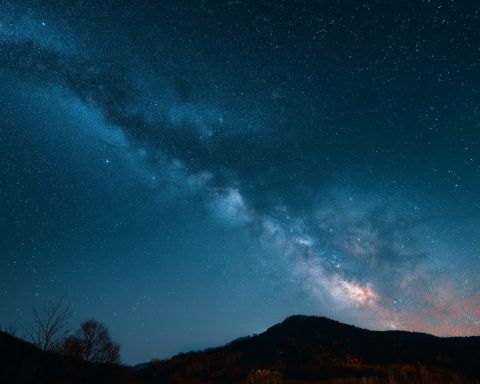
Northern Lights Alert! Solar Storms, Draconid Meteors & a Bright Harvest Moon Dazzle Oct. 8–9, 2025
Geomagnetic Storms & Aurora Alerts A geomagnetic storm watch is in effect, as Earth encounters the debris of two solar eruptions from earlier this month. NOAA’s Space Weather Prediction Center forecasts minor G1-class geomagnetic storms on October 8, with a
